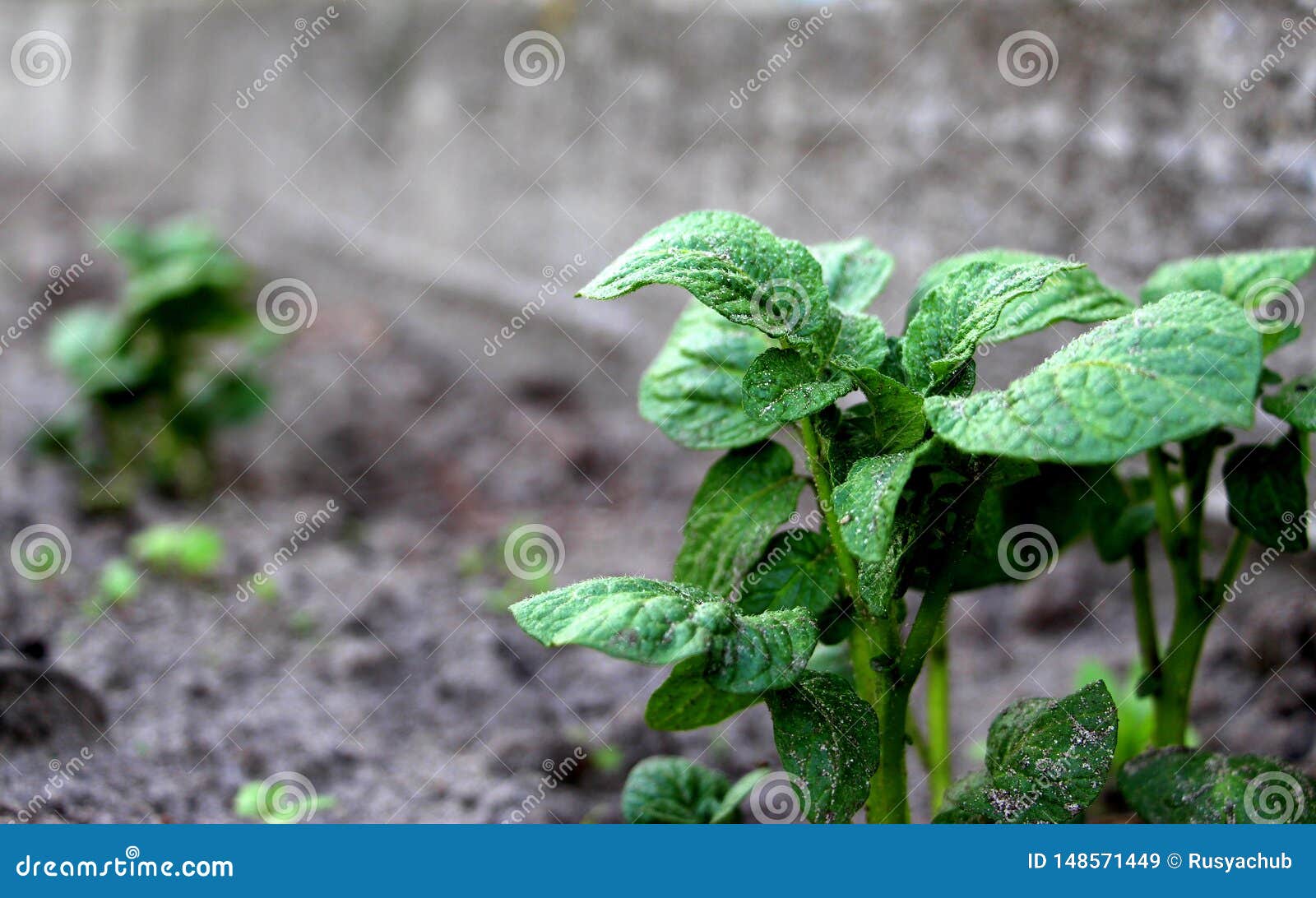
Growing Potatoes
There are various ways to grow tasty, nutrient-packed potatoes, all of which are reasonably easy and straightforward. Choose the variety that works best for you and follow these instructions for the perfect crop of root vegetables.
Potatoes can be grouped according to how long they take to mature. There are three types – early, second early and main crop. If you grow a selection of all three, you can harvest potatoes from June to October.
Potatoes are best grown in rows. Space rows about 3 feet apart. Spread and mix in rotted manure or organic compost in the bottom of the trench before planting. (Learn more about soil amendments and preparing soil for planting.) In the trench, place a seed potato piece, cut side down. Potato eyes may also be called growth points or buds. When first harvested, they may look like tiny bumps or small indentations. After a dormant period, the eyes will begin to send up sprouts. Potatoes stored in warm conditions sprout earlier and more readily than those in cool storage.
Chitting to start a potato crop
Never plant shop-bought potatoes – you risk introducing diseases to your plot. Buy seed potatoes, which you can either plant directly or chit beforehand.
Chitting calls for placing seed potatoes in a cool, dry, light place for a couple of weeks before planting them in the ground. This important step allows them to start sprouting, which will help produce a better crop.
To chit:
Examine the potatoes carefully to find the side with the most eyes. Place the potatoes in single layers in trays so that the eyes are facing upwards.
Store them in a cool, frost-free place out of direct sunlight. Each eye will protrude a shoot.
As the shoots grow, keep the potatoes cool and check that the shoots look healthy and plump. Rub away any spindly, weak ones.
When the shoots are 1.5-2.5cm long, they’re ready to plant.
Planting your potato seedlings

Plant earlies in late March, second earlies in mid-April, and mains in late-April.
Mark out a trench with a taut line of string. Allow 60cm width for first and second earlies; allow 75cm for mains.
Dig the trench into a V shape about 8-15cm deep.
Add a generous layer of well-rotted organic matter to the bottom and incorporate it into the soil.
Place the chitted tubers, shoots up, in the bottom of the trench at 40cm intervals. Cover them with 13-15cm of soil.
But for some reason they all disappeared for years. That’s fine, it has to make money somehow. Kick the buddy forever mod. Plus it still lets you know early by the premium weapons having a gold badge in the corner. Now buddy is back, I’m happy, but all that’s left is kick the buddy 2, buddyman run (which hardly even runs on my iPhone 8 and iPad ((pro?)) ), and this game, the oldest revived buddyman game is just kick the buddy 2, but chocked full of ads, purchases, memberships, and “free weapon” opportunities, while you can get most weapons for free one way or another, a lot of them are locked behind the gold membership, so once you unlock it via watching ads it tells you to buy the membership.
Routine care to prevent disease and damage
If you suspect frost, cover the new shoots with a layer of soil or shredded newspaper. Make sure that tubers are not exposed to light, as this will cause them to become inedible. Keep potatoes moist once they’ve become established, or the roots might split.
Weed crops thoroughly, making sure that annual weeds are pulled out in the first weeks after planting your potatoes. Earth up your plans up at least a few times during the growing period. To do this, use a rake, hoe or spade to build up soil gently over the developing shoots. This protects them from frost and encourages higher yields.
Using the no-dig method for growing potatoes
This is a very simple way to grow potatoes. The advantages are that it eradicates slug problems and can help keep diseases like blight at bay.
Clear an area of all weeds and cover it in a layer of compost which is 9-12 inches thick.
Push your seed potatoes into the compost as far as you can with digging, with the same spacing stated earlier on.
Cover the area with black landscape fabric and pin it down.
As the shoots start to push up into the fabric, cut a slit for them to grow through.
When and how to harvest a potato crop
Harvest first earlies when the flowers have opened. Earlies should be lifted as close to eating as possible, because they’re still growing and full of carbohydrates which deteriorate quickly. Second earlies can be left as late as September, while mains should be lifted once the foliage has died back. Lift potatoes carefully using a fork. Be careful when using the fork: if you stab any spuds they will rot quickly.